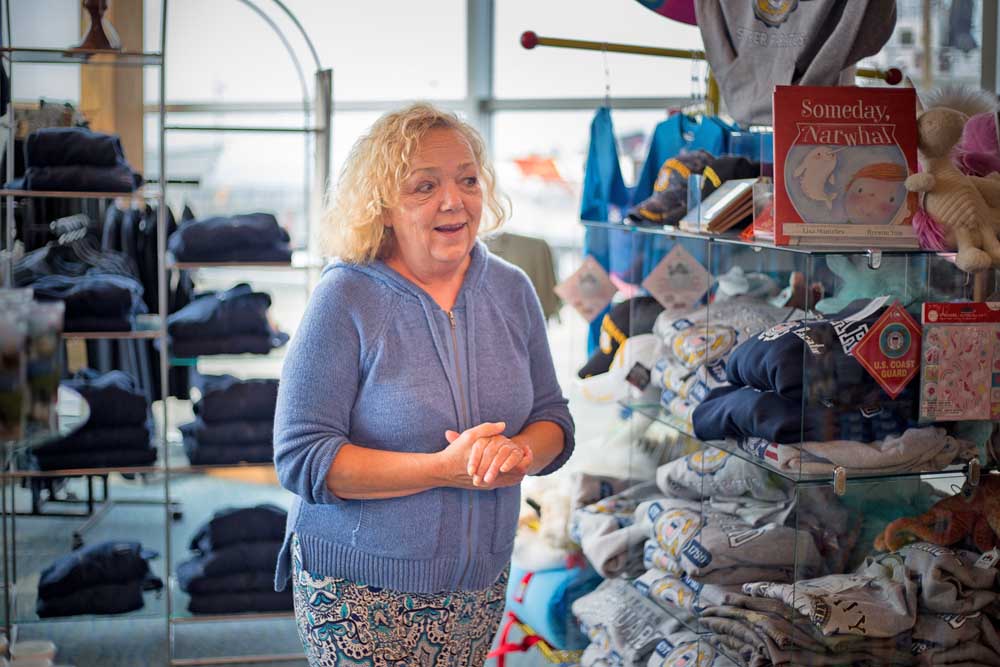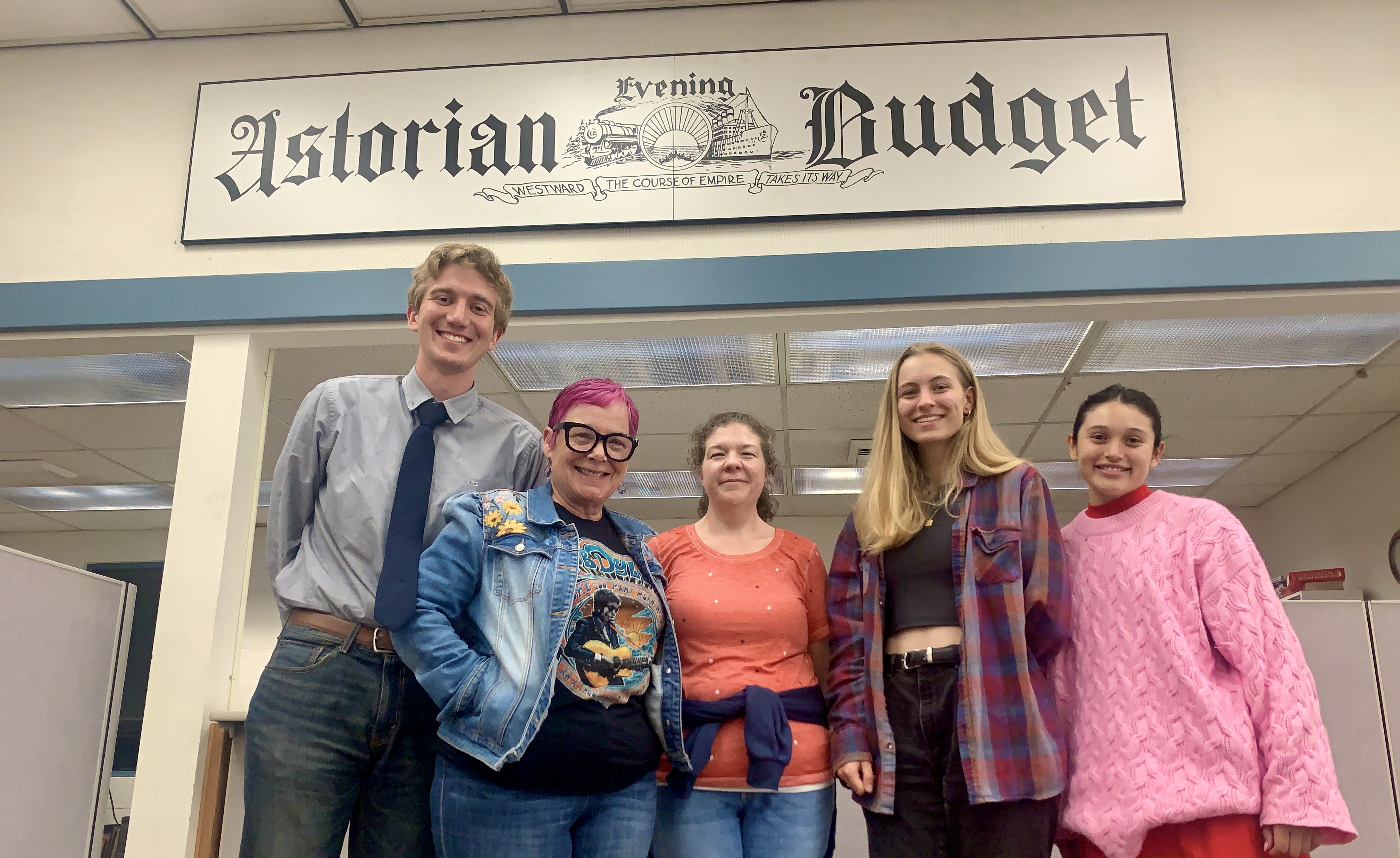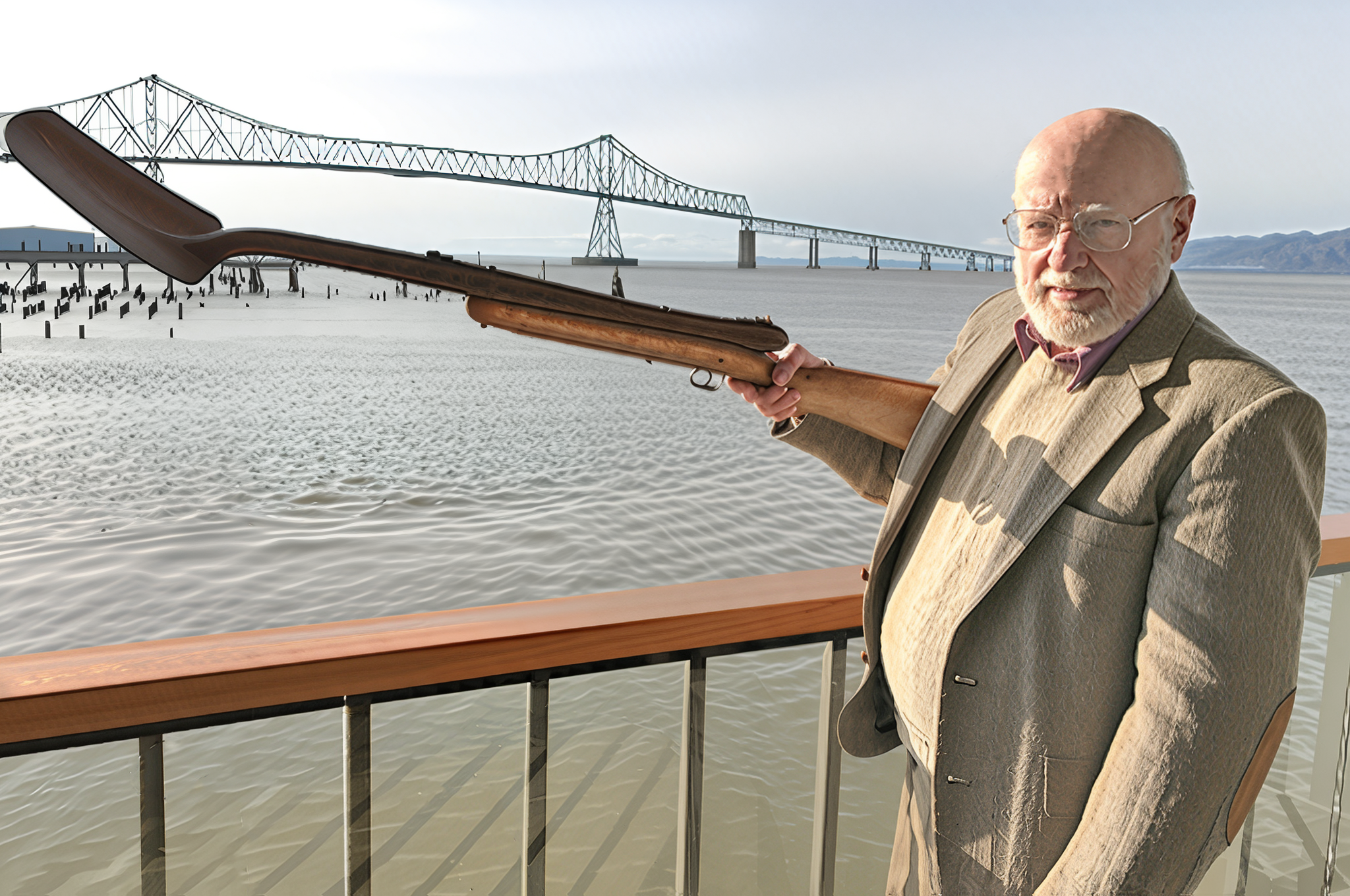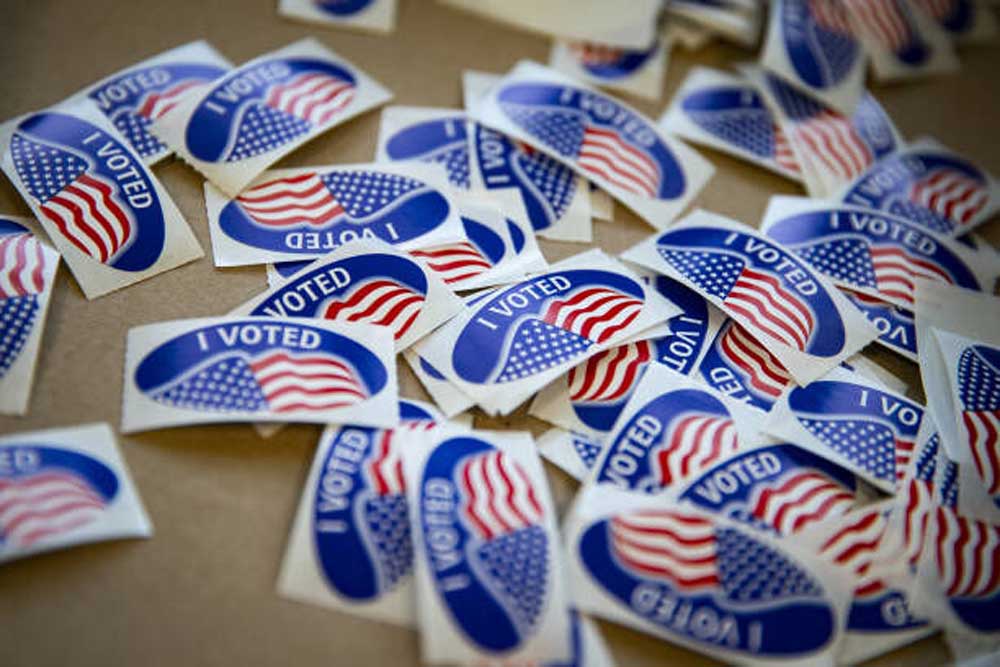Meet the Merchant: Blue Anderson
Published 6:39 am Wednesday, September 26, 2018

- One of Anderson's primary responsibilities is managing the museum store. Profits from the store are used to fund educational programs in the museum. The inventory changes with the exhibits.
How long have you worked at the museum?
“It’s been 11 years this month.”
How did you get started?
“They needed a manager after the previous one had retired. I came up from Southern California and interviewed for the job. I’ve been here ever since.”
Have you been in the museum store from the start?
“Yes and admissions/front desk. I’m the manager of visitor services.”
Did you have a similar job in California?
“I did. I worked at a couple other museum stores. My specialty was making them profitable. Before that I worked in regular retail.”
Did you have some formal education?
“Yes, in theater. And that would get you a job in retail (Ha-ha).
What are some of your primary responsibilities?
“To ensure that we turn a profit to be able to give back to the museum to fund the education programs and things like that and ensure people go away with a reminder of their visit here and hopefully learn something as well. In the museum store we have to get things that remind people of what they see and hear. Right now we currently have a naval gallery that has WWII items. So for this summer we have a World War II store, The Homefront Market. Everything here reflects something we have going on in museum.”
So the museum store inventory changes with the exhibits?
“Yes, we try to change at least one thing each year. One year it was tattoos and another year it was sharks — who knew that there was shark fishing in this river during WWII? There’s a whole story in there about it. One year it was dinosaurs because we had ‘Sea Rex,’ one of the underwater dinosaurs. We had a mapping store that won a national award for some of the maps of the Pacific Northwest.”
What have been some of your favorite exhibits?
“Tattoos were definitely a favorite. We all learned a lot, including our visitors, and it was a lot of fun. We had a lot of the Sailor Jerry art. It was a very unique situation because nobody else did that before. I also love the shark story because of the local ties. It was during WWII and the local fishermen weren’t allowed to enlist — they were required to stay here and fish because the vitamin A (extracted from the shark liver) was so important to the servicemen and women overseas. They say that Irving Avenue was built on shark-fishing money.”
What do you enjoy most about working in a museum in general?
“People want to be here, so that part is really fun. We meet people from all over and they leave happy. I love learning and it keeps you young and sharp.”
What’s the most common question from visitors?
“When is the trolley coming by? (Ha-ha)”
Are there any experiences or notable visitors that resonate with you?
“We had Bill Clinton here a couple years ago when he was stumping for Hillary. The Oregon attorney general and several governors and senators have been here. Sen. Betsy Johnson is on our board. We’ve had local and national authors like Jean Auel who wrote ‘The Clan of the Cave Bear.’ We had the Kiss tribute band in full regalia. All of our visitors are famous in one way or another.”
What have been some of the most popular items in the museum store?
“A lot of the tourist items are popular like the stickers, key chains and mugs. Books always do well. ‘The World’s Most Dangerous Phonebook,’ a book about the bar pilots, has been our bestseller. Anything knot related is our number-one category of books.”
When is the busy season for the museum?
“March through November we stay pretty busy. August and September are our busiest months with the cruise ships coming in.”
How many people visit the museum annually? Is the demographic changing?
“We get about 120,000 people through here annually. You can imagine, with the size of our town, that a lot of them are out-of-town guests. A lot of people from Portland, Seattle, Spokane and all over the world. It’s a nice mixture — an even amount of kids, retirees, newlyweds and people on vacation.”
How would you describe the museum to someone who has never seen it?
“Surprising. It’s amazing how many people are surprised by how much they learn. It’s not a boring building full of boats. Being out front, we sometimes hear someone from a party say ‘Ah, that’s not for me, I’ll sit out here while you go through,’ so I offer to give their money back if they’re not happy. I have yet to have anyone take me up on that because they come back and say ‘I had no idea.’ We have a Coast Guard section, a WWII area, original maps of the Pacific Northwest, the lightship Columbia, a great hall detailing the fishing history, a NOAA area, a Japanese fishing vessel from the tsunami and Obon flags from WWII.”









